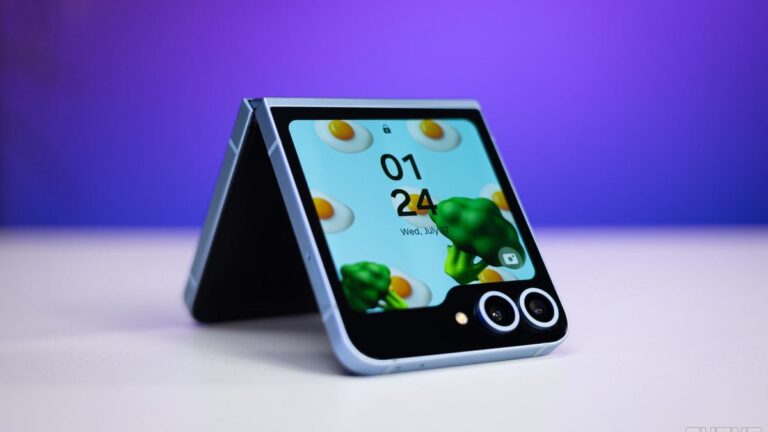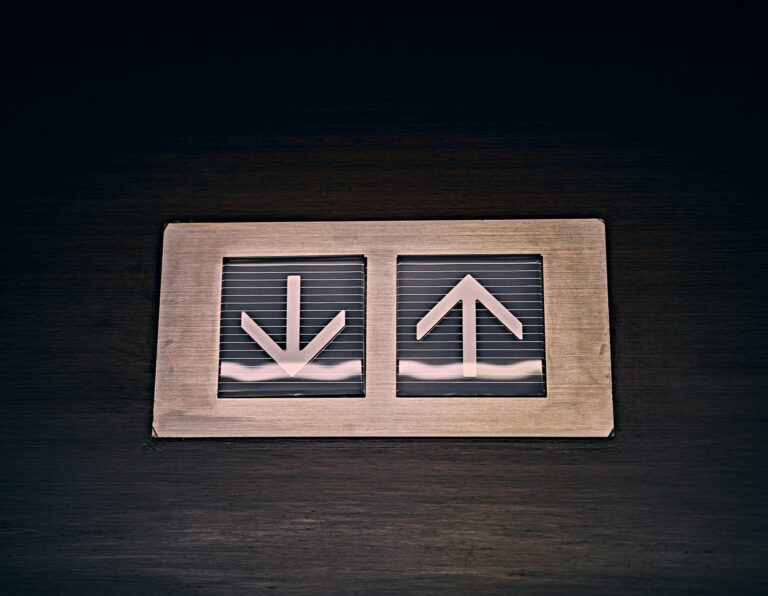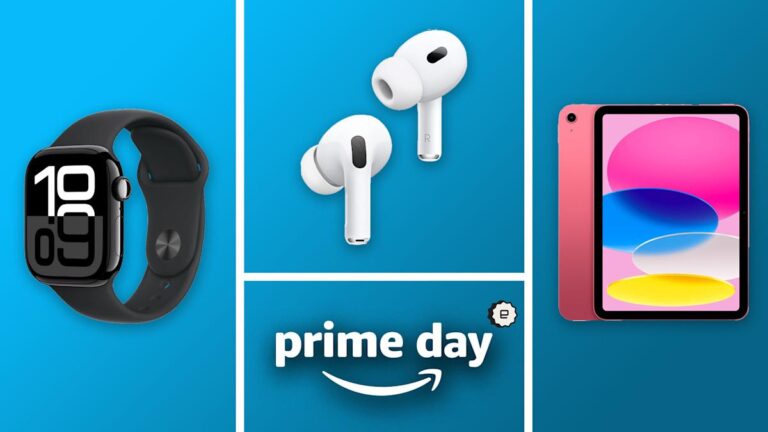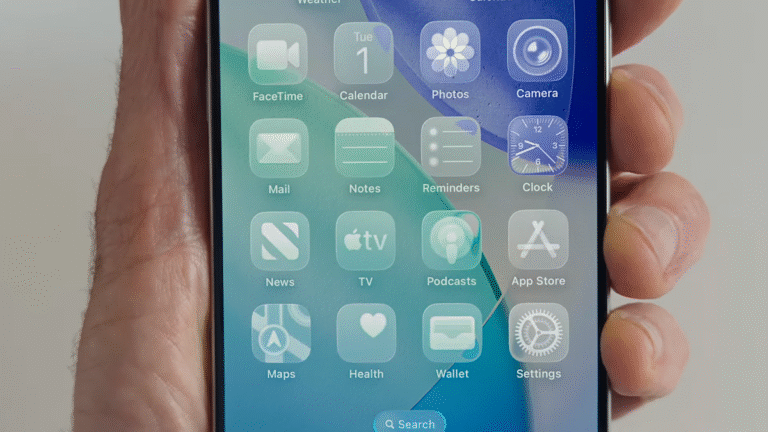Galaxy Z Fold 7 vs Pixel 10 Pro Fold: Main differences to expect
Intro
And from the looks of it, this might prove to be a successful endeavor due to all the improvements scored on both devices. Vastly improved design with a thinner and much lighter body, the latest top hardware, and improved AI features are just a few of the major improvements that the Galaxy Z Fold 7 has scored.
However, the competition is not idling its engines of progress at all. One of Samsung’s biggest rivals, Google, is preparing to unleash the third version of its foldable Pixel phone, which will likely carry the Google Pixel 10 Pro Fold name. New with this one will be Google’s official divorce from Samsung’s semiconductor division, which will finally give us a truly custom TSMC-made Tensor G5 chipset.
As usual, these two phones will be the main foldable competitors vying for their rightful place in consumers’ pockets, but which one will come out on top?
Galaxy Z Fold 7 vs Google Pixel 10 Pro Fold expected differences:
| Galaxy Z Fold 7 | Pixel 10 Pro Fold |
|---|---|
| 8.9mm thin (4.2mm when unfolded), quite light at just 215 gr | Design similar to the Pixel 9 Pro Fold, but with slimmer hinge |
| Cover screen has a slightly wider aspect ratio | Squarish aspect ratio when unfolded |
| 6.5-inch cover and 8-inch internal screens | A 6.4-inch cover and 8-inch internal screens |
| Thicker Ultra-Thin Glass ensures tougher internal screen with shallower crease | Hopefully a shallower crease, too |
| 2,600 nits of peak brightness | Likely 2,700+ nits of peak brightness |
| Triple rear camera (200MP+12+10MP), 10MP external and 10MP internal selfie cameras | Triple rear camera (50MP+10.5MP+10.8MP), dual 10MP selfie cameras |
| Snapdragon 8 Elite (3nm) | Google Tensor G5 (3nm) |
| 12GB RAM with 256/512GB versions, 16GB RAM with 1TB option | 16GB of RAM |
| 4,400mAh battery | 4,650mAh battery or larger anticipated |
| IP48 rating | IP68 water and dust resistance |
| 25W wired and 15W wireless charging expected | At least 21W of wired and 7.5W wireless charging |
| Android 16 and One UI 8 out of the box | Might arrive with Android 16 |
Table of Contents:
Design and Size
Big changes for Samsung. What about the Pixel?
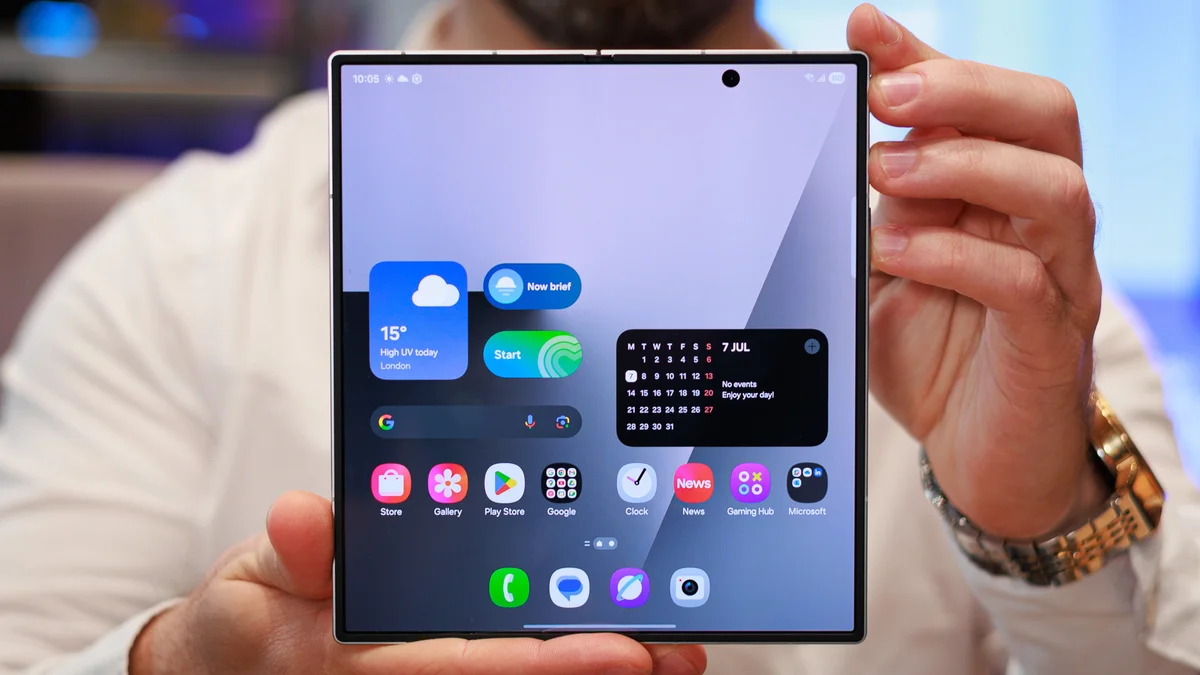
Galaxy Z Fold 7 looks super-alluring (Image by PhoneArena)
The thickness, or the lack of it, is definitely the highlight here. While it’s technically not the thinnest foldable in the world (it’s tied with the Oppo Find N5 and beaten by a hair’s width by the Honor Magic V5), the Galaxy Z Fold 7 is exceptionally thin at just 8.9 mm folded and 4.2mm when unfolded. Easily the thinnest foldable phone you’ll be able to get officially in the US in the foreseeable future.
| Galaxy Z Fold 7 | Pixel 10 Pro Fold |
|---|---|
| Thickness 4.2 mm unfolded 8.9 mm folded |
Thickness 5.1 mm unfolded 10.5 mm folded |
| Weight 215 gr |
Weight ~257 gr |
We get tougher materials all around: Gorilla Glass Victus 2 at the rear and Gorilla Glass Ceramic on the cover screen, while the frame is made of Advanced Armor Aluminum. The phone is IP48-rated, which gives it some protection against dust particles larger than 1 mm, but does not make it completely dust-proof.
Oh, and Samsung has finally addressed the display crease seriously: there’s a titanium lattice beneath the screen, with 50% tougher ultra-thin glass protecting the display, greatly reducing the crease and finally catching up with the competition. Oh, and the main screen is now adorned with a punch-hole, as the under-display selfie is finally gone.
On the other hand, the Pixel 10 Pro Fold will mostly reiterate the design language of its predecessor but will score a number of super-awesome upgrades. As per the most recent rumors, Google will use a more compact hinge mechanism, which allows Google to stretch the outer screen from 6.3 to 6.4 inches.
Additionally, the new hinge mechanism has reportedly allowed Google to slap an IP68 water and dust resistance rating on the Pixel 10 Pro Fold. No need to Google it, there’s no other foldable with IP68 water and dust resistance available right now. The Galaxy Z Fold 7 didn’t surprise us with the same rating, so the Pixel 10 Pro Fold will potentially get its flowers and be the first fully water- and dust-resistant foldable phone.
Having an IP68 rating is critical, as it means the phone is well-protected against water and dust. With foldables in particular, dust resistance is crucial, as it ensures, no dust will be able to enter the hinge mechanism and hurt it in any way. IP68 means the device is completely dust-tight, great news for any foldable.
The Pixel 10 Pro Fold will likely weigh more, probably in the ballpark of 250gr, so undoubtedly not as compact as its Samsung rival.
In terms of colors, the Galaxy Z Fold 7 is available in Blue Shadow, Silver Shadow, Jet-black, and Mint, which will be exclusive to the Samsung.com store.
Display Differences
The Galaxy Z Fold 7 arrives with a slightly larger 6.5-inch Dynamic AMOLED 2X cover screen, which now boasts a more sensible 21:9 aspect ratio. That’s a great move in comparison with the narrower 22.1:9 screen on most previous Folds. This makes the Galaxy Z Fold 7 more suited for regular everyday use.
As a result of the aspect ratio reshuffle, the inner screen has also grown to 8 inches in size, a pretty sizeable change in comparison with the 7.6-inch internal screens of most previous Fold phones.
Aside from that, the core specs of the Galaxy Z Fold displays are mostly similar. This means dual Dynamic AMOLED 2X panels with a smooth 1-120Hz refresh rate, excellent sharpness, and a peak brightness of 2,600 nits on both panels.
| Galaxy Z Fold 7 | Pixel 10 Pro Fold |
|---|---|
| Cover screen 6.5 inches |
Cover screen 6.4 inches |
| Main screen 8.0 inches |
Main screen 8.0 inches |
In the other camp, the Pixel 10 Pro Fold will score a 6.4-inch outer screen thanks to the slimmer and more compact hinge mechanism. The Pixel 10 Pro Fold will possibly remain similar to its predecessor, with a 6.3-inch cover screen and an 8-inch internal one.
Both displays will be OLED ones, of course, with up to 120Hz refresh rate and peak brightness of at least 2,700 nits. So, pretty much a similar experience.
Performance and Software
One will crush the benchmarks, the other probably not
The Galaxy Z Fold 7 comes with the Snapdragon 8 Elite chipset, the first Qualcomm chip built on a 3nm manufacturing node. As usual with Samsung, it’s a slightly tuned-up version of the Snapdragon 8 Elite, which carries a higher clock speed along with the “for Galaxy” suffix.
Samsung phones equipped with this chip are proper powerhouses that are among the better-performing ones on the market right now, so we are certain that from a pure performance perspective, the Z Fold 7 will be the superior device.
In terms of software support, both devices will likely be supported for seven years.
Camera
Big improvements for the Samsung foldable
The Galaxy Z Fold 7 finally addresses one of the sore points with most previous Galaxy Z Fold devices and scores a higher-res 200MP main camera. In case you’re wondering, yes, it appears to be the same one that graces the Galaxy S25 Ultra, judging by the specs alone. At long last, a camera upgrade on Samsung’s most important foldable!
The rest of the cameras will be pretty familiar to anyone who has inspected a recent Galaxy Z Fold specs sheet: a 12MP ultrawide and a 10MP telephoto with 3X optical zoom. Not a particularly exciting camera setup, but then again, foldables aren’t really about the camera prowess. Still, the latest foldables from Oppo, Vivo, and Honor put stronger emphasis on the camera performance.
A surprising development is the under-display selfie camera on the inner screen, which is gone! It’s been substituted for a standard 10MP camera, which is honestly the right way to go. Much more usable than the peculiar under-display one, that’s for sure.
| Galaxy Z Fold 7 | Pixel 10 Pro Fold |
|---|---|
| Main camera 200MP |
Main camera 50MP |
| Ultrawide 12MP |
Ultrawide 10.5MP |
| Telephoto 10MP 3X |
Telephoto 10.8MP 5X |
| Cover selfie 10MP |
Cover selfie 10MP |
| Internal selfie 10MP under-display |
Internal selfie 10MP |
The Pixel 10 Pro Fold is expected to feature a similar camera setup as its predecessor, led by a 50MP main camera with a Samsung GN8 sensor, a 10.5MP ultrawide, and a 10MP telephoto with longer 5X zoom. This setup sounds slightly more capable, and Google’s software optimizations might squeeze out a better image quality out of the existing hardware.
Battery Life and Charging
Lagging way behind other foldables
While foldable phones hailing from China are boasting nearly 6,000mAh silicon-carbon batteries, Samsung and Google are significantly more backwards in this regard, still relying on the standard lithium-ion batteries for their foldables. Nothing wrong with that, but these deliver inferior energy density and capacity, leading to more lackluster battery life.
Neither the Galaxy Z Fold 7 nor the Pixel 10 Pro Fold will change that. The Galaxy Z Fold 7 features a fairly lackluster 4,400mAh battery, and we expect around a 4,650mAh battery to make the rounds on the Pixel foldable. Imagine how much more battery capacity could we get if Samsung or Google utilized the newer battery technologies available…
The Galaxy Z Fold 7 comes with 25W wired and 15W wireless charging, which is apparently the best Samsung could do for its $2,000 foldable.
We don’t expect the Pixel 10 Pro Fold to be much different from its predecessor, too. The phone will likely charge at just 21W through a wire and up to 7.5W wirelessly, which isn’t something you’d expect of a 2025 foldable. Tsk tsk.
Specs Comparison
| Galaxy Z Fold 7 | Pixel 10 Pro Fold |
|---|---|
| Size, weight 8.9 mm folded 4.2 mm unfolded 215gr IP48 |
Size, weight 53.5 x 132.6 x 5.6 mm (10.5 mm folded) ~257gr |
| Screen 8.0″ OLED internal, 120Hz, 2600 nits 6.5″ OLED external, 120Hz 2600 nits |
Screen 8.0″ OLED, 120Hz, 2700 nits 6.4″ OLED, 120Hz, 2700 nits |
| Processor Snapdragon 8 Elite for Galaxy 3nm |
Processor Tensor G5 3nm |
| Versions: 12GB/256GB 12GB/512GB 16GB/1TB LPDDR5 |
Versions: 16GB/256GB 16GB/512GB LPDDR5 |
| Cameras: 200MP main 12MP ultra 10MP 3X zoom 10MP front |
Cameras: 50MP main 10.5MP ultra 10.8MP 5X zoom 10MP front |
| Battery: 4,400 mAh |
Battery: 4,650 mAh |
| Charging: USB-C 25W wired 15W wireless |
Charging: USB-C 21W wired 7.5W wireless |
Also read:
Summary
So far, only the Galaxy Z Fold 7 is official, and it’s already making things hard for the upcoming Pixel. Samsung has addressed most of the issues that were running rampant with its previous foldables, giving us an improved design, better camera, ;arger and more sensible displays, and improved performance.
There’s a lot of room for the Pixel 10 Pro Fold to grow if it wants to be the real alternative to a Galaxy Z Fold foldable, not to mention the exceptional foldable devices from the likes of Huawei, Vivo, Honor, and Oppo, which are all in a league of their own.
